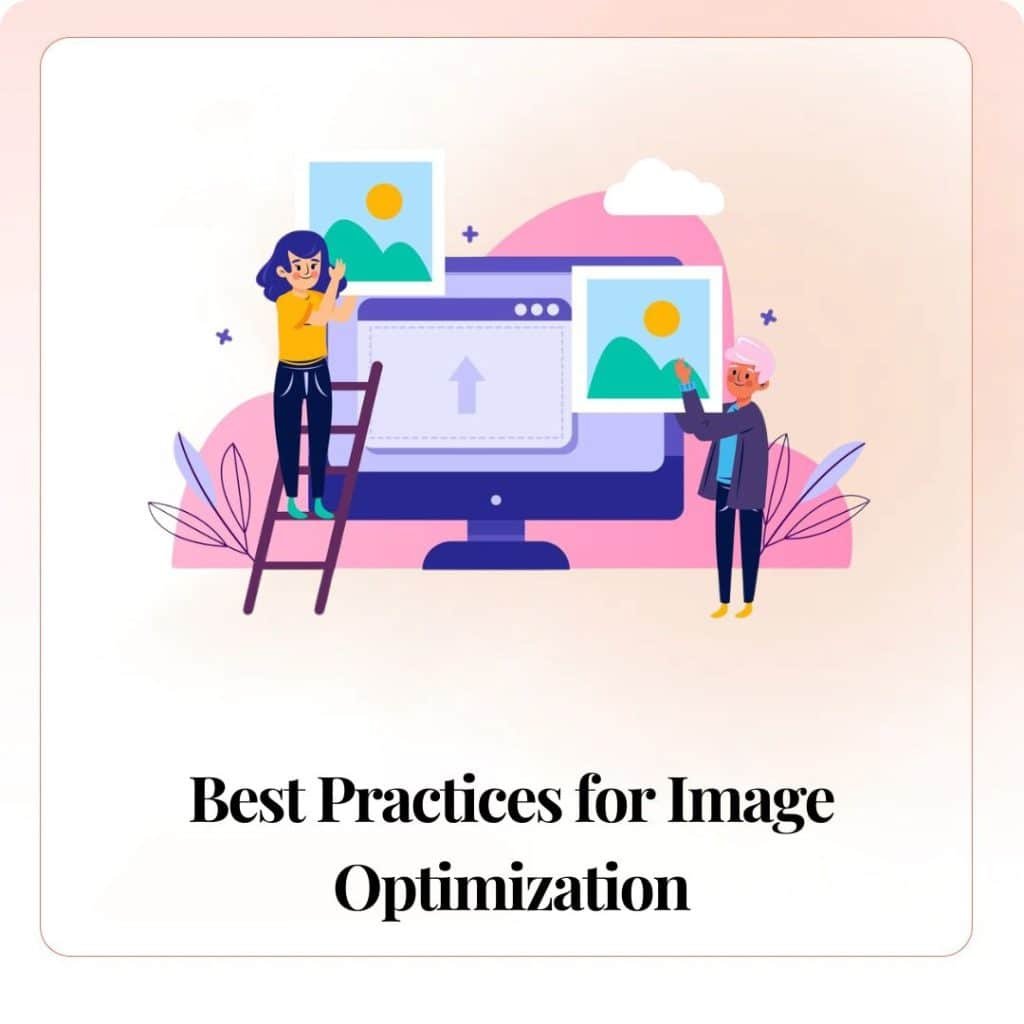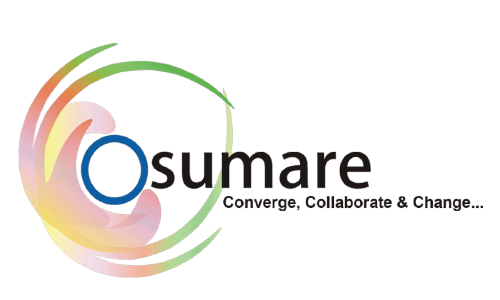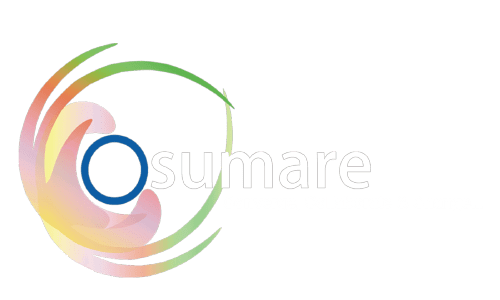In today’s competitive digital landscape, effective image optimization is crucial for enhancing your website’s search engine performance. Whether you’re a business in Bangalore or anywhere else, mastering image optimization can significantly improve your website’s load time, user experience, and overall SEO rankings. As a key component of your strategy, image optimization not only aids in faster page loads but also ensures that your visual content is easily discoverable by search engines. For those seeking expert SEO services, Osumare Marketing Solutions in Bangalore offers comprehensive solutions tailored to elevate your brand’s online presence.
This article will guide you through five critical aspects of image optimization for SEO, ensuring your website is fully optimized for both users and search engines.
1. Understanding Image Optimization and Its Importance

Image optimization involves reducing the file size of images without sacrificing quality, ensuring that images are correctly formatted, named, and scaled for your website. Optimized images contribute to faster page load times, which is a crucial factor for search engine rankings and user satisfaction. Given that page load speed is a key aspect of search engine optimization, optimizing your images is a must for improving your website’s visibility in search engine results pages (SERPs).
Key Aspects of Image Optimization:
- File Size Reduction: Use tools like Photoshop or dedicated image optimizers to compress images while maintaining quality.
- Image Formats: Choose the right format, such as JPEG for photographs and PNG for graphics with transparency.
- Alt Text: Use descriptive alt text to help search engines understand the content of your images.
- Image Naming: Name your files with relevant keywords, separated by hyphens, to improve their SEO value.
2. Best Practices for Image Optimization
When optimizing images for SEO, it’s important to follow best practices that align with search engine guidelines. This includes using lossless compression methods, choosing the right image format, and ensuring your images are responsive.
Best Practices Include:
- Lossless vs. Lossy Compression: Understand the difference and use lossless compression where possible to maintain image quality.
- Responsive Images: Ensure your images adapt to different screen sizes, improving user experience on both desktop and mobile devices.
- Image Sitemaps: Include images in your XML sitemap to help search engines index them more effectively.
- Thumbnails and Large Images: Optimize both for different viewing scenarios without sacrificing load speed.

3. Tools and Techniques for Image Optimization

Several tools and techniques can help you optimize images efficiently. From free browser-based tools to more advanced software, these resources can assist in reducing file sizes, optimizing formats, and improving overall page load speed.
Popular Tools:
- Photoshop: Offers advanced options for saving images optimized for the web.
- TinyPNG: A browser-based tool for compressing PNG images without losing quality.
- ImageOptim: A Mac tool for optimizing images before uploading them to your site.
- Web-based Optimizers: Tools like Compressor.io and Kraken.io are effective for batch processing images.
Techniques:
- Using SVGs: For icons and logos, consider using SVGs as they are scalable and lightweight.
- Lazy Loading: Implement lazy loading to defer off-screen images until they are needed, which improves initial page load time.
- Caching and CDNs: Utilize browser caching and Content Delivery Networks (CDNs) to serve images more quickly to users based on their location.
4. SEO Benefits of Image Optimization
Optimizing images can lead to several SEO benefits, from improving page load speed to enhancing user engagement. Faster-loading pages reduce bounce rates, which positively impacts your search engine rankings. Additionally, optimized images with proper alt text can help your site rank higher in image search results, providing another avenue for traffic.
SEO Advantages Include:
- Improved Page Load Time: Faster pages lead to better user experience and higher SERP rankings.
- Better User Engagement: High-quality, fast-loading images keep users on your site longer, increasing the likelihood of conversions.
- Enhanced Accessibility: Proper alt text ensures that visually impaired users can understand your images, making your site more accessible.
- Boost in Image Search Rankings: Properly optimized images can appear in image searches, driving additional traffic to your website.

5. Common Mistakes to Avoid in Image Optimization

While image optimization can significantly enhance your website’s SEO, certain mistakes can undermine your efforts. Avoiding these common pitfalls ensures that your images contribute positively to your overall SEO strategy.
Mistakes to Avoid:
- Ignoring Alt Text: Failing to include descriptive alt text can result in missed opportunities for SEO.
- Using Incorrect File Formats: Choosing the wrong file format can lead to unnecessarily large file sizes or poor image quality.
- Neglecting Mobile Optimization: With mobile-first indexing, it’s crucial to ensure that your images are optimized for mobile devices.
- Overlooking Image Load Times: Large images can slow down your page load times, negatively affecting your rankings and user experience.
By following these guidelines, you can ensure that your images are fully optimized for SEO, helping your website rank higher in search engine results and providing a better experience for your users. To learn more about advanced SEO strategies, visit Osumare Marketing Solutions in Bangalore, where you can explore a range of services designed to boost your online presence.
Conclusion
Image optimization is a critical component of any successful SEO strategy. By reducing file sizes, using the correct formats, and following best practices, you can enhance your website’s load speed, improve search engine rankings, and provide a better user experience. Remember, properly optimized images not only contribute to faster load times but also improve your chances of ranking higher in image search results. For more insights on how to improve your SEO strategy, check out the other resources available at Osumare Marketing Solutions in Bangalore.

